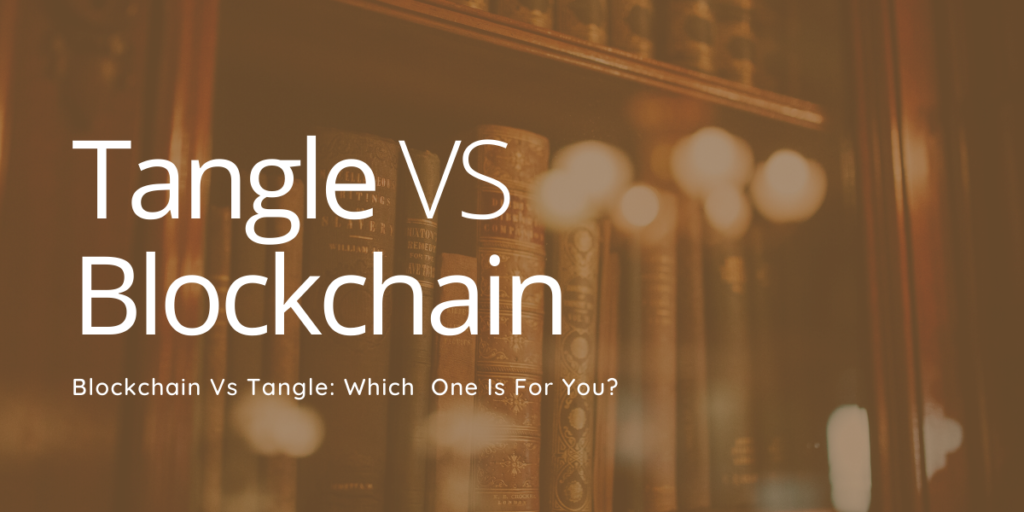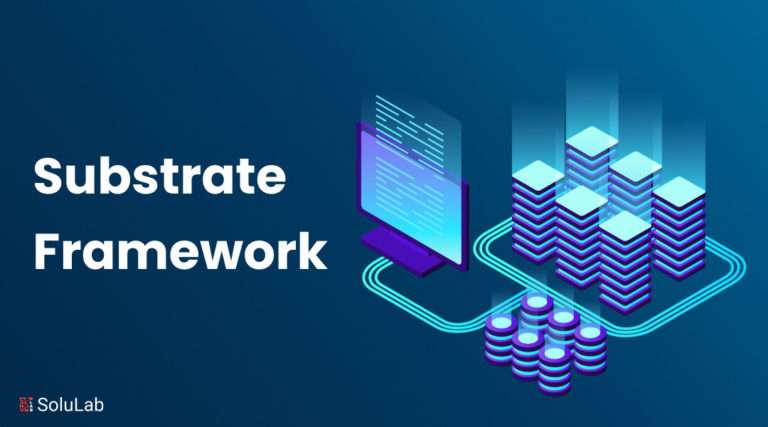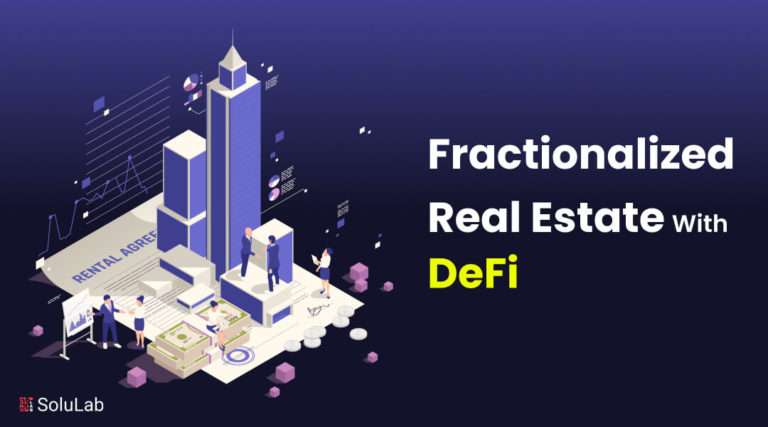Table of Contents
Blockchain demonstrated a possible future in which there will be no one regulating what we have. It became possible to live in a totally decentralized world. While the concept is sound, the blockchain's operation suffers from two significant flaws: scalability and fairness. IOTA came as a surprise to us, and Tangle is a blockless digital ledger system they suggested. Thus began the discussion between blockchain and Tangle.
What exactly is IOTA?
IOTA is a distributed digital ledger or crypto Token (IoT) created specifically for the Internet-of-Things.
The main motivation for developing this technology is to prepare for the fourth industrial revolution and machine economy. Machines exchange resources and services with one another, and human or third-party interaction is removed. IOTA's operation is based on tangle technology.
Concerns about IOTA
The majority of the complaints concerning IOTA have been around technological problems. There were severe flaws in IOTA's encryption method, and IOTA, on the other hand, has fixed them. One, however, never knows the future vulnerabilities.
Many academics are skeptical about the IOTA's scalability. IOTA relies on hash graphs for non-sequential and asynchronous transaction processing. As a result, transaction validation is dependent on the speed and skill of individual nodes. The predicted scalability and duration to execute transactions inside the IOTA network may be unpredictable in such a case.
There are also concerns about the function of 'coordinator' nodes. The employment of coordinator nodes is now seen as being anti-decentralization and, as a result, slowing down the entire IOTA network. However, the IOTA Foundation has underlined that coordinators are just a temporary solution until the IOTA network expands to a self-sustaining scale.
What is Tangle?
The Tangle is a network data structure that allows for a variety of safe transactions. It is a distributed ledger, similar to blockchain, that includes a collection of independent operators completing various data-transfer activities and reaching an ownership agreement. There is no dependence on centralized authority like banks or governments.
While it has many similarities with blockchain technology, the Tangle has several distinct aspects intended to cope with the anticipated formation of the so-called 'Internet of Things (IoT).
What is IOT?
The Internet of Things (IoT) refers to a world of networked objects that communicate through a plethora of self-directed micro-transactions to autonomously carry out the activities for which they were designed.
Consider a collection of home appliances and personal devices that can do their maintenance and upgrading. Toasters, washing machines, and printers can identify problems, order and pay for repairs and supplies to be performed and delivered by other machines - all without your intervention.
While this may seem to be something out of a science-fiction novel, the Internet of Things is already well on its way to becoming a reality. According to some predictions, by 2020, there will be 20 billion networked gadgets autonomously doing activities and talking with one another.
If the Internet of Things functions properly, a network capable of managing the massive quantity of micro-transactions necessary — permitting quick, automatic exchanges of tiny amounts of data and cash, all carried out smoothly across devices – will be required.
Tangle & IOT
Here comes the Tangle. Its designers and supporters claim this technology is ideally equipped to handle the many data exchanges required by IoT in a manner that blockchain is not. This is related to characteristics such as:
No miners: eliminates miners' fees as well as their ability to block minor transactions.
Less rigorous data transmission rules: makes the system more flexible and capable of managing large volumes of transactions.
Scalable data units: enable the transport of small amounts of information, making them perfect for micro-transactions.
Tangle Vs Blockchain
While there are just a few technical differences between blockchain and Tangle, those differences are substantial. Let's take a closer look:
Structure:
Blockchain is made up of a sequence of cryptographically linked data blocks. On the other hand, Tangle is made up of data nodes that only flow in one way. Furthermore, although blockchain may double back on itself cyclically, Tangle can only go one way, implying that data can be transported more quickly with Tangle.
Security:
Blockchain provides more excellent protection due to its incredibly rigorous block confirmation procedure, including solving computational problems and verifying transactions by group consent. Tangle's security feature, on the other hand, requires verifying the two most recent transactions before confirming the next. By this metric, blockchain outperforms Tangle.
Decentralization:
Blockchain is undeniably decentralized since it runs on hundreds of computers all over the globe with no one authority supervising transactions. Tangle is similarly marketed as decentralized. However, it has protection known as a 'coordinator node.' Tangle is concentrated in some form due to the existence of the safeguard. It's challenging to state that the tangle architecture is entirely self-contained.
Flexibility:
Tangle supporters say that the technology's less explicit node addition protocol makes it less safe than blockchain, but it also makes it more adaptable. Tangle is now better suited to manage enormous quantities of IoT interactions, according to the company. However, because of the uncertainties and security issues and the centralization issue, the technology is far from ready to serve its original purpose, let alone compete with blockchain.
Conclusion
So, in the fight of Tangle vs. Blockchain, Blockchain comes out on top. Despite specific scalability concerns, its secure and smooth transactions will always provide it a competitive advantage. Tangle is an exciting technology, but it has a long way to go. Tangle has a bad side, such as a 34% assault! If someone with massive computing power enters the field and gets 34% of the network, they will rule the network. Again, Tangle is quick but not as quick as Hashgraph, which can process over 250,000 transactions per second.





